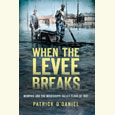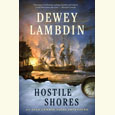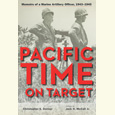Waking to Racism in 1958
March 19, 2013 In 1958, institutional racism infected all life in the deep South. Because of distant threats—court decisions, freedom riders, and the like—its influence was perhaps more entrenched than ever. Yet many whites seemed oblivious to its pernicious effects. In James Williamson’s novel, The Ravine, a thirteen-year-old boy from a privileged white family in Memphis spends the summer in a small Mississippi community, where a violent tragedy changes his life profoundly.






